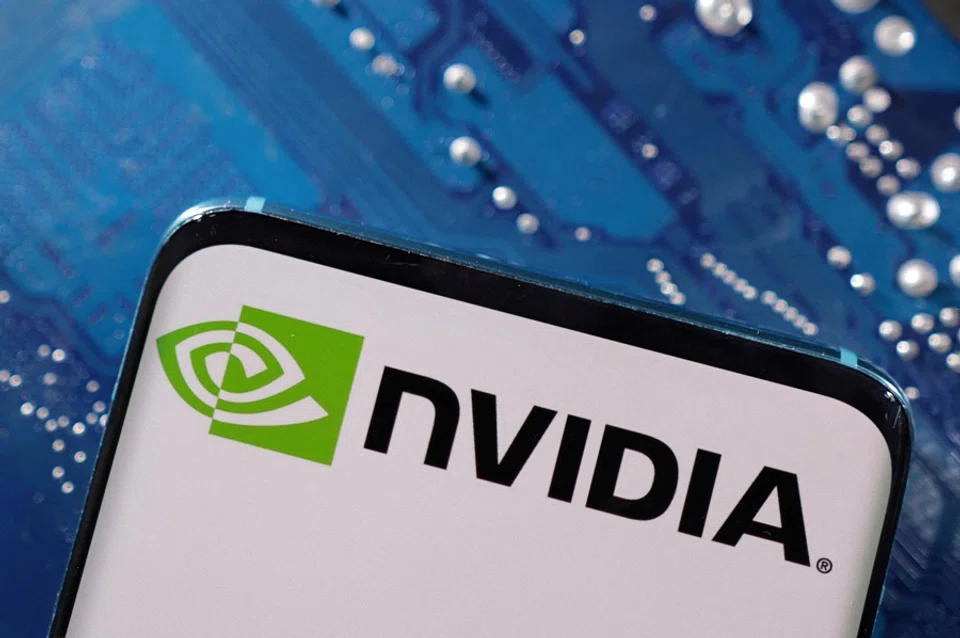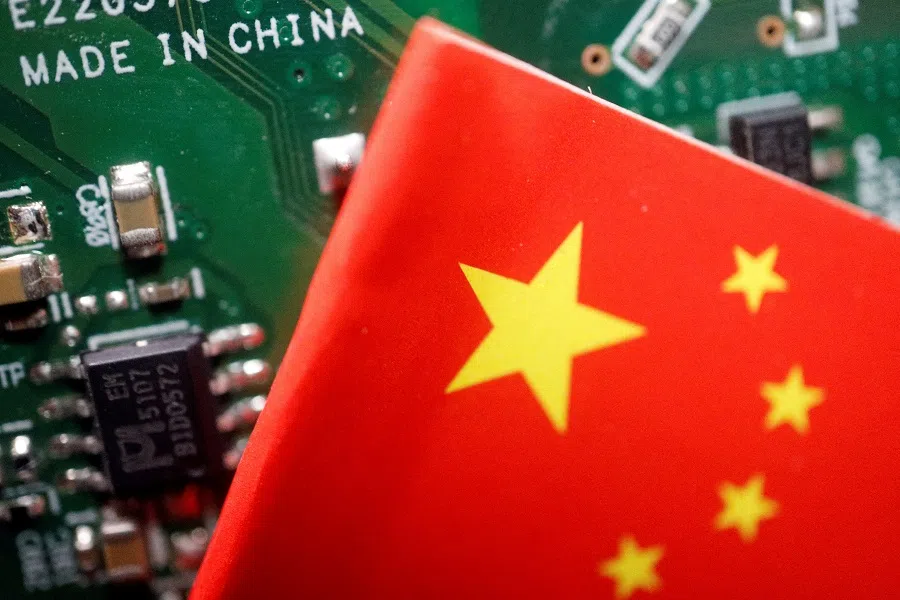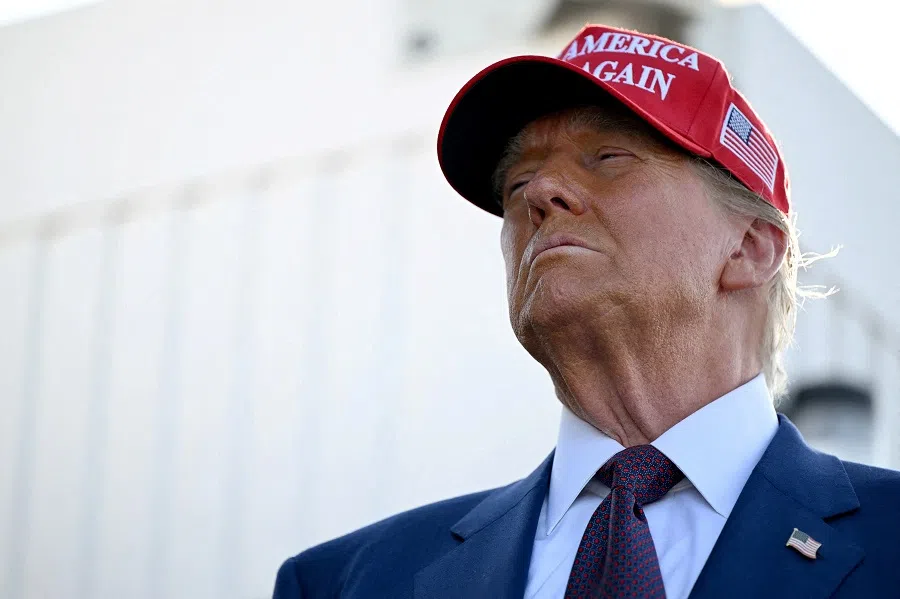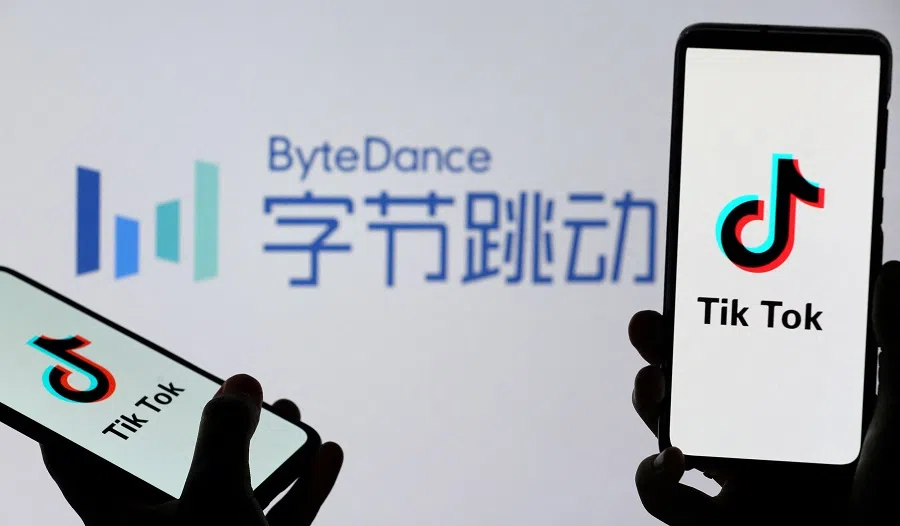Nvidia caught in the crossfire of China-US tech war
First TikTok, now Nvidia. Both Chinese and US companies are now caught in the crossfire of the China-US tech war. Lianhe Zaobao China news editor Yang Danxu tells us more about how the chipmaker has become a pawn in geopolitical rivalries.

Amid the escalating China-US tech war, China’s antitrust authority entered the fray by announcing an investigation into US tech giant Nvidia on 9 December. The company’s stock price subsequently dipped.
According to the official announcement from the Chinese authorities, the investigation stemmed from a merger that took place five years ago.
Nvidia’s promise to the Chinese market
In 2019, Nvidia acquired Israeli chipmaker Mellanox for US$6.9 billion, its largest acquisition at the time. The deal drew significant attention as both companies held dominant positions in the global markets for graphics processing units (GPUs), high-speed Ethernet cards and network interconnection equipment. As a key player in global M&A approvals, China expressed concerns that the deal could stifle competition.
Following negotiations, Chinese authorities conditionally approved the merger in 2020, with Nvidia making certain commitments to Beijing, including refraining from any form of bundled sales in the Chinese market as well as to treat Chinese customers fairly, reasonably, without discrimination, and so forth.
However, the rapid deterioration of China-US relations and the US pursuit of “small yard, high fence” have rendered Nvidia’s earlier promises inadequate in keeping up with the rapid changes. The tech giant has been caught in the crossfire of the tech war, facing restrictions from Washington that limited its ability to supply the Chinese market as before.
Nvidia once dominated China’s AI chip market with over 90% market share. However, due to US chip restrictions and competition from domestic Chinese chipmakers, Nvidia’s revenue in China has declined in recent years.

Now, it is caught between a rock and a hard place, facing potential repercussions in China for possibly violating its earlier commitments to Beijing.
From passive defence to proactive offence
Nvidia once dominated China’s AI chip market with over 90% market share. However, due to US chip restrictions and competition from domestic Chinese chipmakers, Nvidia’s revenue in China has declined in recent years. For fiscal year 2024 ending January, around 17% of Nvidia’s revenue came from China, down from 26% two years ago, although China still remains among Nvidia’s top three revenue sources globally.
Under China’s Anti-Monopoly Law, violators could face fines of up to 10% of their previous year’s sales, or two to five times of that amount in severe cases. Nvidia’s revenue in China for fiscal year 2024 reached US$10.36 billion. The largest penalty of 10% under normal circumstances could amount to US$1 billion, but could be increased to between US$2 billion and US$5 billion if deemed a serious case.
Nvidia’s dominance in the AI chip industry has drawn intense scrutiny from anti-monopoly regulators worldwide. France has already launched an investigation into Nvidia, while the US Justice Department is reportedly seeking information regarding alleged anti-monopoly violations by the company.
However, China’s decision to reopen an anti-monopoly investigation into Nvidia at the height of the US-China tech war suggests a clear retaliatory motive.
Beijing’s move against Nvidia is not only a harsher counterattack to the new US sanctions but is also believed to be paving the way for an even tougher battle when US President-elect Donald Trump takes office.

After the Joe Biden administration hit China’s chip industry with a wave of sanctions of unprecedented scale and depth earlier this month, China retaliated by announcing export controls on dual-use raw materials such as gallium, germanium, antimony and so-called superhard materials to the US.
The Internet Society of China, China Association of Automobile Manufacturers, China Association of Communication Enterprises and China Semiconductor Industry Association have also issued statements advising Chinese companies to exercise caution when purchasing US chips, attempting to exclude US chips from the Chinese market.
Beijing’s move against Nvidia is not only a harsher counterattack to the new US sanctions but is also believed to be paving the way for an even tougher battle when US President-elect Donald Trump takes office.
China’s message is clear: continuing this tech war, and especially the trade war, will result in mutual losses.

China is escalating pressure in the tech war, moving from industry association warnings about removing US chips to investigations of the top US chip company. This dual approach pressures US businesses, indirectly influencing the US government, while signalling a shift to a more proactive stance. China’s message is clear: continuing this tech war, and especially the trade war, will result in mutual losses.
US and Chinese companies falling victim
Can Beijing gain leverage in negotiations with the incoming Trump administration? How will Trump, a businessman and dealmaker, respond to China’s stance? Will he be open to negotiation, and if so, what approach will he take? Will his administration prioritise interests or comprehensive China containment? And where does that leave Nvidia, a bargaining chip in this high-stakes game?
Just days before Nvidia became directly embroiled in the China-US competition, the US had also dealt a heavy blow to TikTok, the short video app owned by Chinese enterprise ByteDance. A US federal appeals court has rejected TikTok’s appeal, meaning that TikTok will have to either sell its US business to non-Chinese entities by January 2025 or shut down its US operations altogether.

While TikTok intends to appeal to the Supreme Court, judicial redress is time consuming and tedious, and it seems that the fate of the app is sealed.
Amid intensifying China-US rivalry, Nvidia, TikTok and companies directly or indirectly related to China and the US will face unavoidable tumultuous times, with ups and downs that are increasingly out of their control, and having no way of predicting when they will fall victim to geopolitics.
This article was first published in Lianhe Zaobao as “英伟达为何被算旧账?”.





